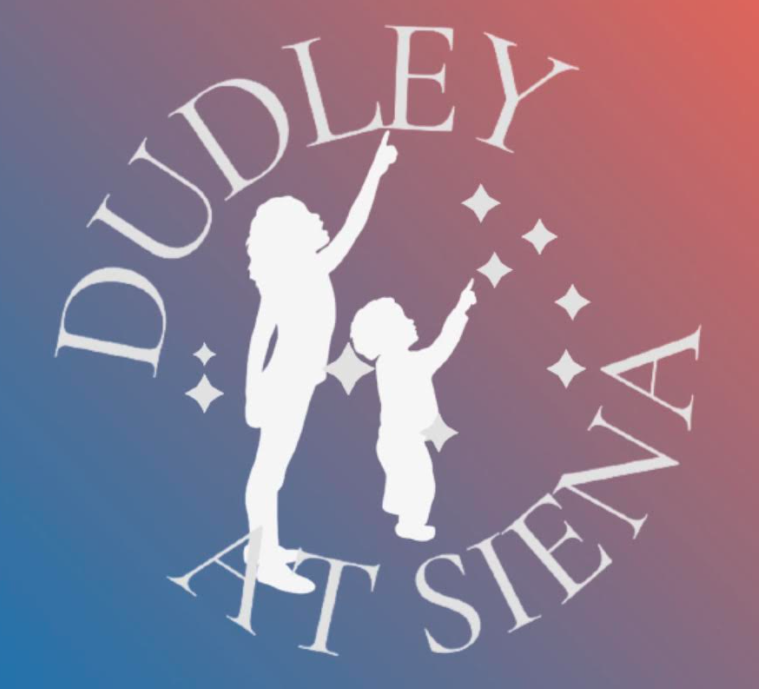Skywatch Line for Friday, July 4, through Sunday, July 6, written by Sam Salem
This is Dudley Observatory’s Skywatch Line for Friday, July 4, through Sunday, July 6, written by Sam Salem.
On Friday, Sun rises at 5:23am and sets at 8:37pm; Moon sets at 12:52am and rises at 3:12pm.
The Moon will reach apogee, its farthest distance from Earth in its elliptical orbit on Saturday, when it’s 251,423 miles away.
On Sunday evening, the waxing gibbous Moon shines near the red star Antares, the brightest star in the constellation of Scorpius the Scorpion. Also on Sunday night, the Moon’s dark limb occults Pi Scorpii, for observers nearly across North and Central America.
Venus and Saturn will lie along the path the Sun travels in the daytime. Try to catch them before dawn. Venus, currently in the constellation of Taurus, will be the easiest to spot but closest to the horizon and, therefore, rising later.
Venus, brilliant at magnitude –4.2, rises above the east-northeast horizon about a half hour before the first glimmer of dawn.
Saturn, magnitude +1.0 at the border of Aquarius and Pisces, rises around 1 am. It sits about five or six fists upper right of Venus, just before and during early dawn.
The best time to try a telescope on Saturn is just as dawn is beginning. At that time, Saturn will be 35° high but still stands out against a reasonably dark sky.
Mars is drawing farther away from Regulus low in the west right after dusk. They’re 10° apart on Friday, with Regulus moving farther away to Mars’ lower right. In a telescope Mars is just a tiny shimmering blob 5 arcseconds wide.
Look low in the north at the end of twilight for the noctilucent clouds. They’re the most astronomical of all cloud types with their extreme altitude and, sometimes, their formation on meteoric dust particles. Noctilucent, or “night shining” clouds, expand across the northern sky in electric-blue band ripples and tough tendrils, long after sunset. Noctilucent clouds form 51 miles up in the mesosphere, an extremely cold atmospheric layer just above the stratosphere. They appear at both dusk and dawn, 1 to 2 hours after sunset or before sunrise. Their great altitude means they still catch the Sun’s rays even in deep twilight.
They used to be rare, but they’ve become more common in recent years as Earth’s atmosphere changes.
Astronomers alerted the world earlier this year, based on initial calculations, that a recently discovered asteroid known as 2024 YR4 had a 3% chance of colliding with Earth in 2032. At 174–220 feet wide, the asteroid could destroy a city in less than a decade. However, after gathering data from observatories and the James Webb Space Telescope, experts concluded in March that 2024 YR4 didn’t pose a direct threat to Earth. However, the chance that the asteroid will strike the lunar surface on December 22, 2032, is now approximately 4%, and it was still rising as the asteroid faded out of view as the European Space Agency stated in its most recent update.
